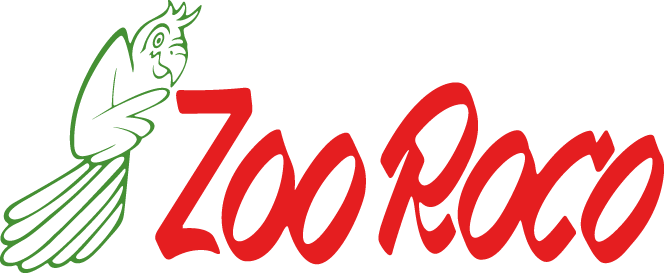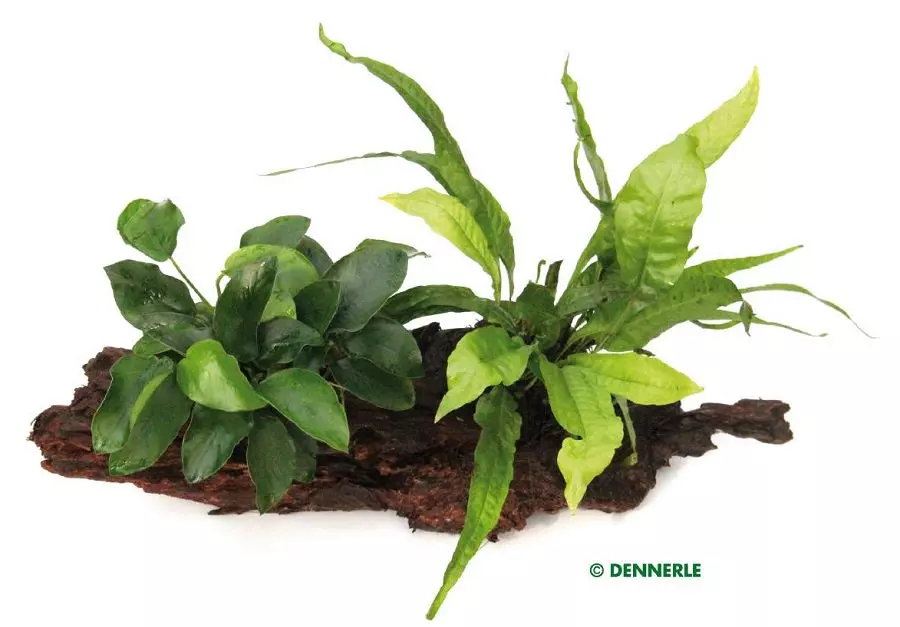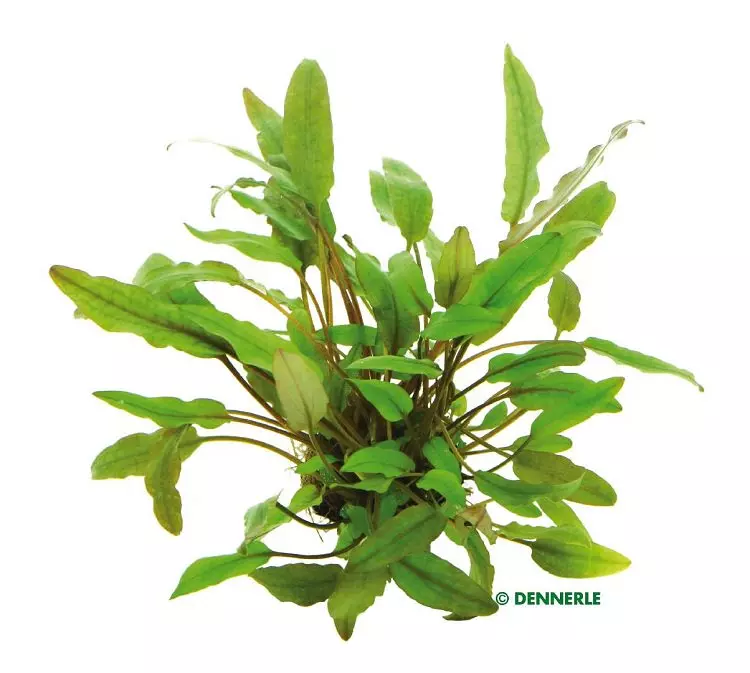

| Quantity | Unit price |
|---|---|
| To 2 |
CHF 8.90
|
| From 3 |
CHF 7.90
|
Stock: 0
Available in 1-3 days, acquisition time 14 days

Hygrophila polysperma Sunset - Indian water lily
| max. growth height | - 30 cm | Country of origin | cultivated form |
|---|---|---|---|
| Suitability | Community aquariums and NanoCubes | Type | Stem plant |
| family | Acanthaceae | Genus | Hygrophila |
| Propagation | Head cuttings, side shoots | Growth rate | fast |
| pH | 5 - 8 | Water hardness | 10 - 20 °dh |
| Notes | Easy to care for and undemanding. | ||
The 'Sunset' variety is a beautiful cultivated form for the medium to background. Cultivated in the open air, its leaves are very striking with a white-yellowish veining; under water, the plant displays its full range of colors from light pink to deep pink. Like the normal H. polysperma, this variety is also easy to care for and undemanding. Most other colored stem plants are somewhat more difficult. A good dose of iron fertilizer also promotes the color intensity of the shoot tips. At 4 cm, the leaves of Hygrophila polysperma are smaller than those of the stem form and are therefore also suitable for nano cubes.
6 of 6 reviews
4.08 out of 5 stars
Login
28 September 2024 20:55
Top Qualität.
Top Qualität.
27 October 2021 14:10
très bien
la plante est belle et bien poussée
9 October 2021 10:18
Sehr schone pflanzen
Super
12 May 2020 09:41
Falsche Pflanze geliefert. Setzte sie trotzdem ins Aquarium ein. Bei positiver Entwicklung kein Ersatz erforderlich.
Falsche Pflanze geliefert. Setzte sie trotzdem ins Aquarium ein. Bei positiver Entwicklung kein Ersatz erforderlich.
3 April 2020 23:12
Pas tout à fait....
J'ai reçu Hemianthus callitrcoide de Cuba. J'imagine qu'il s'agit d'un remplacement cette plante ne ressemble pas à celle que j'ai commandé je ne comprends pas ce remplacement.
24 February 2019 13:55
Schön und pflegeleicht.
Schöne Pflanze, super Lieferung.
Customers also bought
Similar products
Customers also viewed








.jpg)














